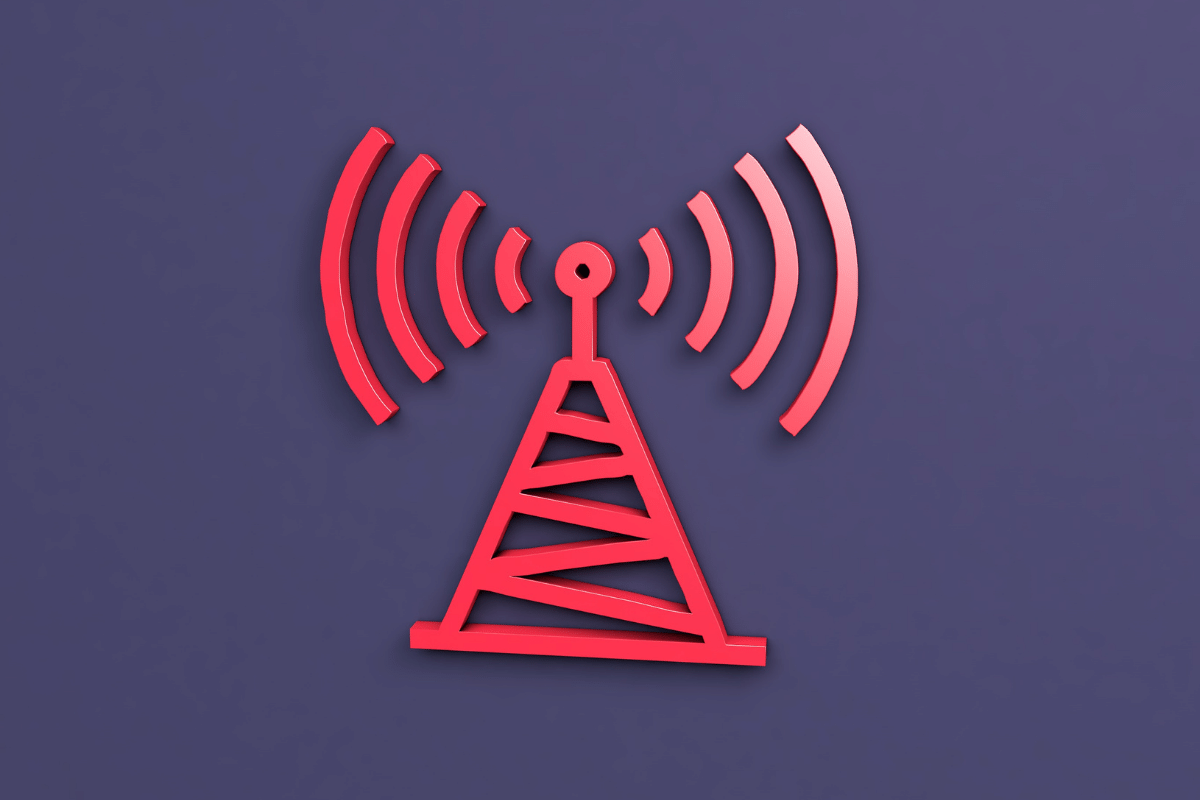India has made an impressive jump in mobile download speeds, rising 72 positions worldwide

India has made an impressive jump in mobile download speeds, rising 72 positions worldwide
In a significant turn of events, India has made an impressive leap in global rankings concerning mobile download speeds, moving up 72 spots.
This remarkable progress signifies not only the rapid growth of India’s telecommunication infrastructure but also underscores the importance the country has placed on digital growth and the potential benefits this could offer its citizens.

In previous years, India faced challenges related to providing consistent and fast mobile download speeds, especially in comparison to more developed countries.
Factors like dense urban populations, vast rural expanses, outdated infrastructure, and regulatory hurdles contributed to this lag. However, the recent surge in the rankings indicates a concerted effort on multiple fronts to overcome these challenges.
According to a survey by Ookla, India’s rating for mobile internet download speeds improved 72 positions to 45th place in August from 119th in September 2022, a year after the start of 5G services.
The performance of India’s internet speeds has been linked to the introduction of 5G, which has also resulted in a better overall user experience across all telecom circles compared to 4G. According to Ookla, India’s speed performance has improved by 3.6 times since the rollout of 5G, with median download speeds rising to 50.21 Mbps in August from 13.87 Mbps in September 2022.

India’s rating increase places it above many G20 nations, including Mexico, Turkey, the UK, Japan, Brazil, and South Africa, as well as nations like Indonesia, Bangladesh, Sri Lanka, and Pakistan.
Sylwia Kechiche, principal industry analyst, Enterprise at Ookla, stated in the research that operators had been able to fix some of the difficulties and assisted in offloading 4G traffic onto 5G networks, lowering 4G network congestion.
The 4G network, which has been experiencing network congestion due to population density, a lack of cellular infrastructure, backhaul, as well as spectrum restrictions, is currently offloading 25–35% of internet traffic to the 5G network.
Both Airtel and Jio will roll out 5G services across the nation on October 1, 2022. The number of 5G subscribers in the nation has surpassed 100 million one year after the service’s introduction.
In reality, because networks were still in the early phases of testing, the median 5G download speeds across nine telecom circles — Andhra Pradesh, Kolkata, North East, Haryana, Rajasthan, Bihar, Punjab, Kerala, and Uttar Pradesh West — were less than 100 Mbps. By August 2023, all telecom locations had median 5G download speeds of more than 240 Mbps, with Kolkata topping the field with a median download speed of 385.50 Mbps.
The country had 338,572 5G base stations (BTS) as of August 28 according to the department of telecommunications (DoT), up from the 53,590 recorded at the start of 2023.The three most populated states in India, Uttar Pradesh, Maharashtra, and Bihar, are also where 25% of the nation’s wireless users and 5G BTS subscribers are concentrated.In locations where installing fibre is expensive or impossible, Airtel and Jio have also deployed 5G Fixed Wireless Access (FWA) to provide internet connection.

The Indian government and private telecommunication companies have heavily invested in infrastructure development. The rollout of 4G networks across the country and the beginnings of 5G trials signify this commitment.
The regulatory environment has seen multiple changes in recent years, promoting fair competition, ensuring consumer protection, and encouraging investment in the sector.
Many foreign investors have seen the potential of the Indian mobile market and have invested heavily. This influx of capital has led to better services and technological advancements.
With the growing digital literacy in the country and the push towards a digital economy, the demand for high-speed mobile internet has skyrocketed. The local manufacturing and assembly of smartphones, spurred by initiatives like “Make in India,” have made high-speed, 4G-enabled devices affordable for a large segment of the population.
Faster mobile speeds can catalyze economic growth. A significant portion of India’s population relies on mobile internet for business and commerce, and improvements in this sector can have a ripple effect across the economy.

Especially in the context of the COVID-19 pandemic, where online education became crucial, better mobile download speeds ensure that students, even in remote areas, can access quality educational resources. Many of the government’s services are now accessible online, and efficient mobile speeds ensure that citizens can access these services seamlessly.
High-speed mobile internet is crucial for the consumption of content on OTT platforms, which have seen a massive surge in India.
While this jump in global rankings is commendable, India still has a long way to go. There are areas, especially in the rural sector, which require focused attention. The promised rollout of 5G services, the continuous push for digital literacy, and investments in cutting-edge technologies will determine how India positions itself in the global digital landscape in the coming years.
India’s rise by 72 spots in the global mobile download speeds ranking is not just a numerical achievement. It’s a testament to the country’s potential and the collective efforts of the government, telecom operators, and the citizens. As the world becomes increasingly digital, such strides will play a pivotal role in shaping India’s future in the global arena.




